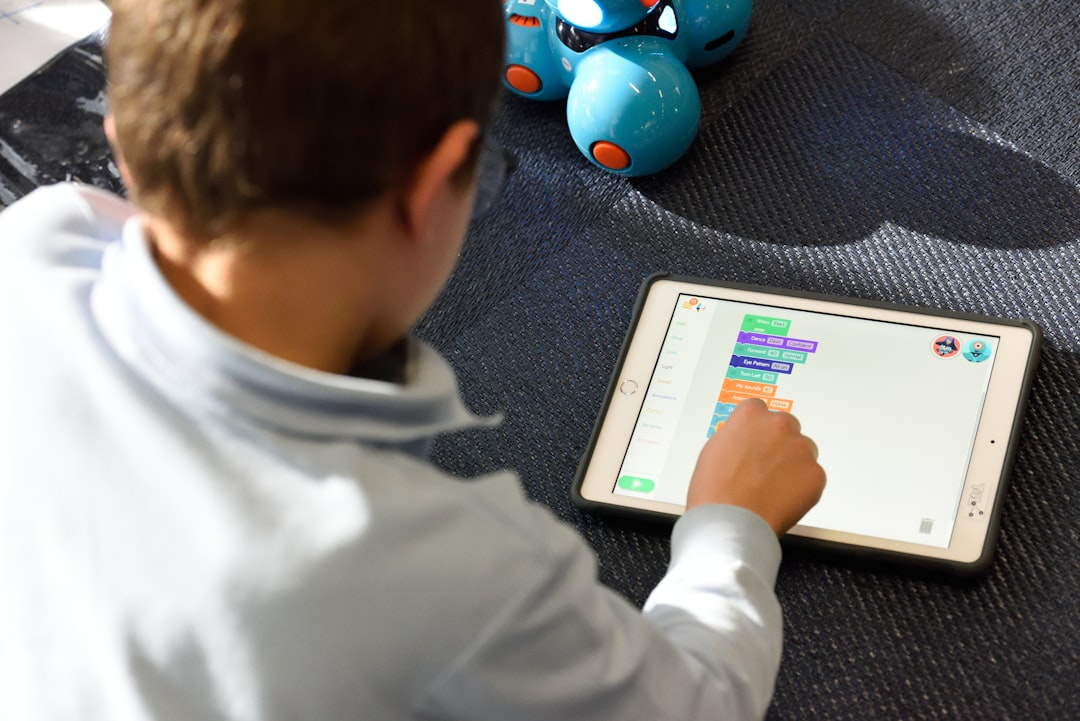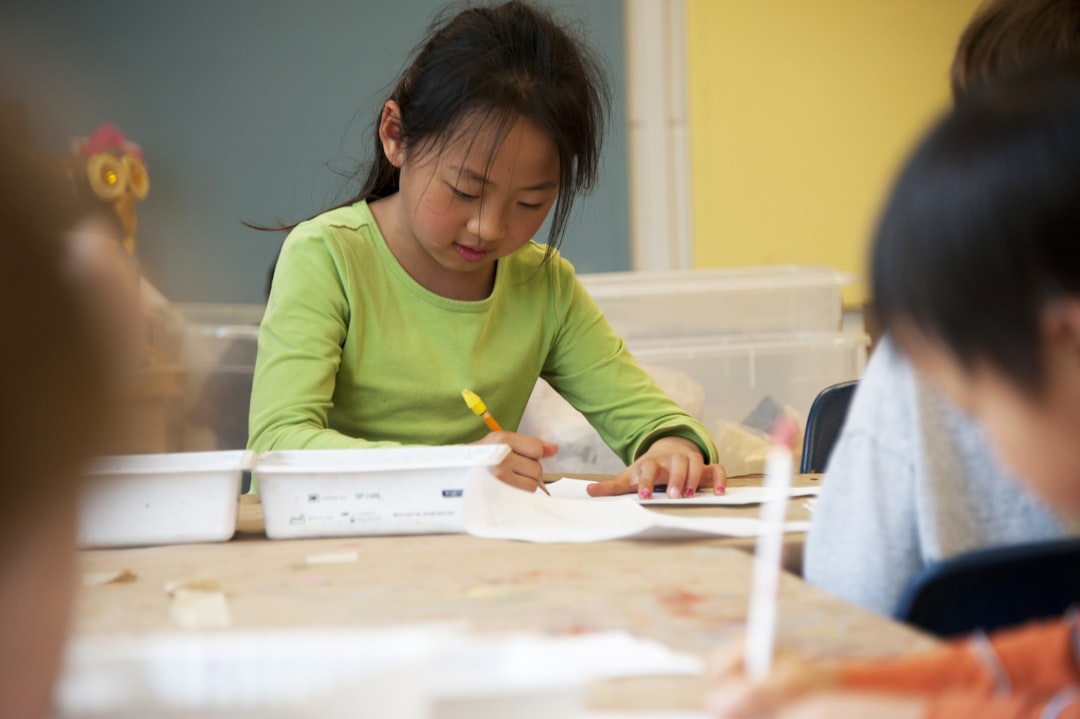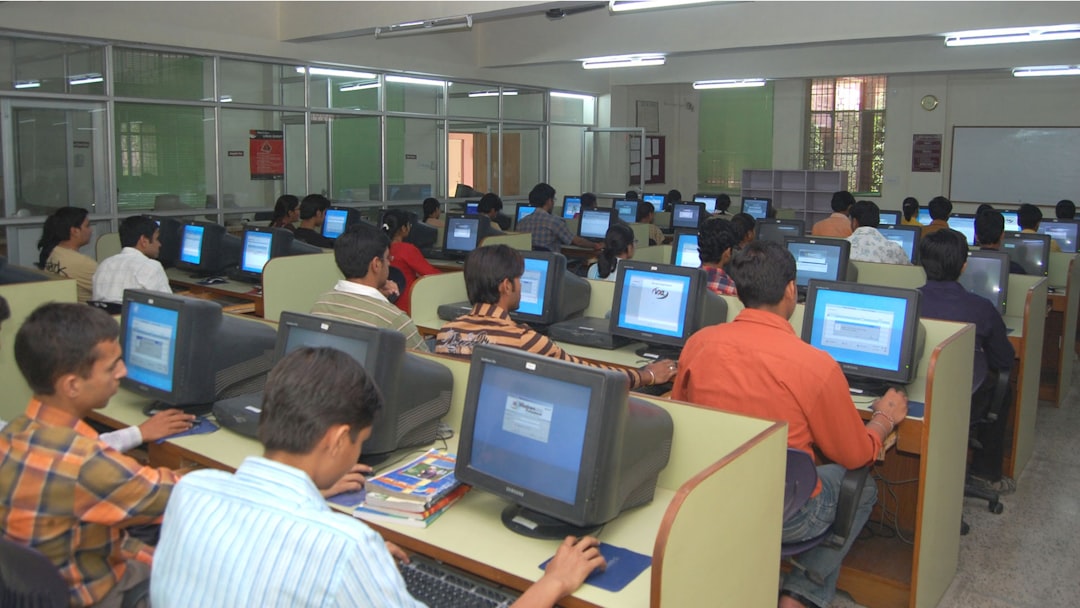In the ever-evolving landscape of the 21st century, the intertwining of technology and education has transformed traditional classroom settings into dynamic learning environments. This fusion not only enhances educational accessibility and inclusivity but also prepares children for a future dominated by digital advancements. As we delve into the integration of technology in educational frameworks, it’s imperative to explore how these tools are shaping the learning experiences and cognitive development of young learners.
The Digital Classroom
The concept of the digital classroom extends beyond the physical walls of schools, offering a platform where interactive and personalized learning can flourish. With tools such as virtual whiteboards, learning management systems, and real-time feedback applications, educators are equipped to deliver lessons in more engaging and effective ways. Digital classrooms also enable students to learn at their own pace, catering to individual learning styles and needs.
Interactive Learning Through Gamification
Gamification in education involves the use of game-design elements in learning scenarios to boost engagement and motivation. By incorporating challenges, levels, and rewards into educational content, kids are more likely to develop a passion for learning. Educational games can help in the development of problem-solving skills, critical thinking, and collaboration, making learning a fun and rewarding experience.
E-Learning Tools and Resources
A plethora of e-learning tools and online resources have made education more accessible than ever. Platforms like Khan Academy, Coursera for Kids, or National Geographic Kids provide educational content tailored for young learners. These platforms offer courses across various subjects, including math, science, language arts, and social studies, which are designed to be interactive and user-friendly for children.
The Role of Artificial Intelligence
Artificial intelligence (AI) in education is becoming a game-changer, particularly in personalized learning. AI can analyze the learning habits and difficulties of individual students, allowing for the customization of educational content to suit their specific needs. Furthermore, AI-driven programs can provide additional support through tutoring or answering questions, ensuring that no child is left behind in the learning process.
Preparing for the Future
Integrating technology in education does more than just improve learning outcomes; it prepares children for a future where digital literacy is paramount. By familiarizing young learners with technology from an early age, we are setting the foundation for a skilled workforce adept at navigating and innovating within a digital landscape. This preparation is crucial in ensuring that the next generation is capable of facing the technological challenges of the future.
In conclusion, the integration of technology into education is a vital step towards creating a stimulating and inclusive learning environment for all children. As technology continues to evolve, so too must our educational practices, ensuring that our young learners are equipped with the knowledge and skills necessary for success in the digital age. By embracing these technological advancements, we are not only enhancing educational experiences but also building a robust foundation for future generations.






